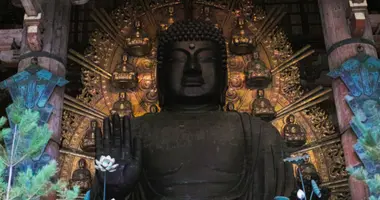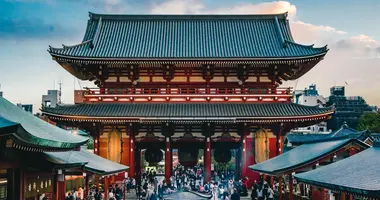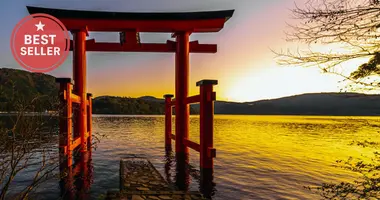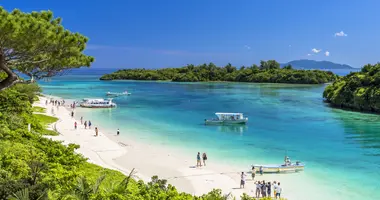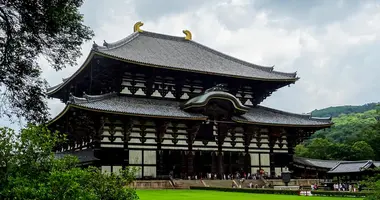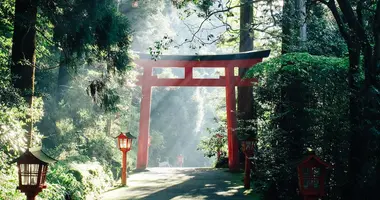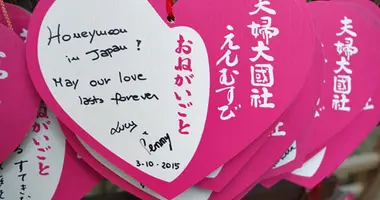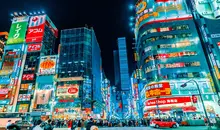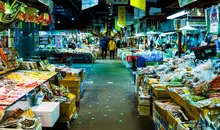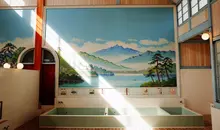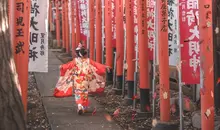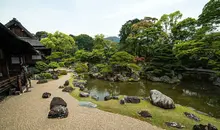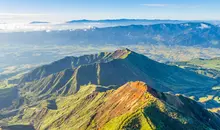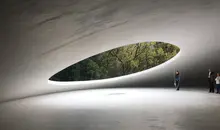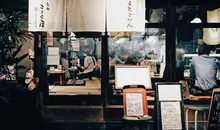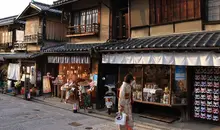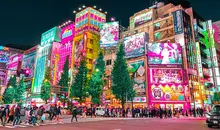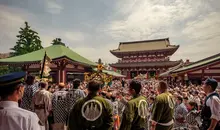Yakushiji: A Masterpiece of Japanese Buddhist Architecture and Art
- Published on : 26/04/2024
- by : Japan Experience
- Youtube
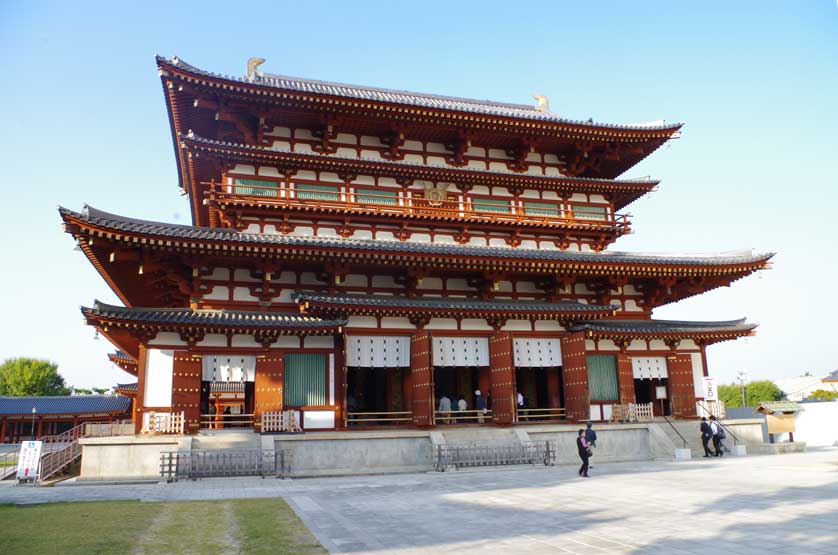
Main Hall (Kondo), Yakushiji Temple, Nara
Yakushiji Temple, located in Nara, Japan, stands as a testament to the rich history and artistic brilliance of Japanese Buddhism. Founded in 680 CE by Emperor Tenmu, this UNESCO World Heritage Site is renowned for its unique architectural layout and magnificent Buddhist sculptures. As one of the Seven Great Temples of Nanto and the headquarters of the Hosso sect of Japanese Buddhism, Yakushiji continues to captivate visitors with its ancient East Pagoda and iconic Yakushi Triad. Join us on a journey through time as we explore the historical significance, architectural marvels, and spiritual essence of this remarkable temple complex.
Historical significance and founding of Yakushiji
The story of Yakushiji begins with a royal act of devotion. Emperor Tenmu commissioned the temple in 680 CE as an offering for the recovery of his consort, who later became Empress Jito. This practice of building temples to seek divine intervention was common among Japanese nobility after Buddhism's introduction from China and Korea. Interestingly, Emperor Tenmu passed away before the temple's completion, and it was Empress Jito who oversaw its construction, finalizing the complex around 698 CE.
Originally built in Fujiwara-kyo, Japan's capital during the Asuka period, Yakushiji was relocated to its present location in Nara in 718. This move coincided with the transfer of the capital to Heijo-kyo (present-day Nara) and marked the beginning of the Nara Period (710-794 CE). During this time, Emperor Shomu initiated the construction of the "Seven Great Temples," including Yakushiji, which played a crucial role in the Nara Period development of Buddhism in Japan.
Over the centuries, Yakushiji has faced numerous challenges, including devastating fires in 973 and 1528. However, the temple's resilience and cultural importance have ensured its survival and continued restoration, solidifying its place as a UNESCO World Heritage Site and a living embodiment of Japan's Buddhist heritage.
Unique architectural layout and temple complex
Yakushiji's architectural design is a marvel of symmetry and balance, earning it the distinction of being the first temple in Japan to feature two pagodas in its layout. This unique arrangement, known as the "Yakushiji-style Temple Complex Layout," creates a visually striking and harmonious composition.
The temple complex is centered around the Kondo (Main Hall), which stands on a central axis flanked by the East and West Pagodas. This symmetrical layout not only enhances the aesthetic appeal of the temple but also serves to focus attention on the Main Hall, where the principal object of worship resides.
Other significant structures within the complex include:
- The Kodo (Lecture Hall)
- The Toindo (Meditation Hall)
- The Bussokudo (Hall of Buddha's Footprint)
- A Hachiman Shrine
- The modern Genjo-sanzoin Garan
Each of these buildings contributes to the overall grandeur and spiritual atmosphere of Yakushiji, offering visitors a comprehensive glimpse into the architectural evolution of Japanese Buddhist temples.
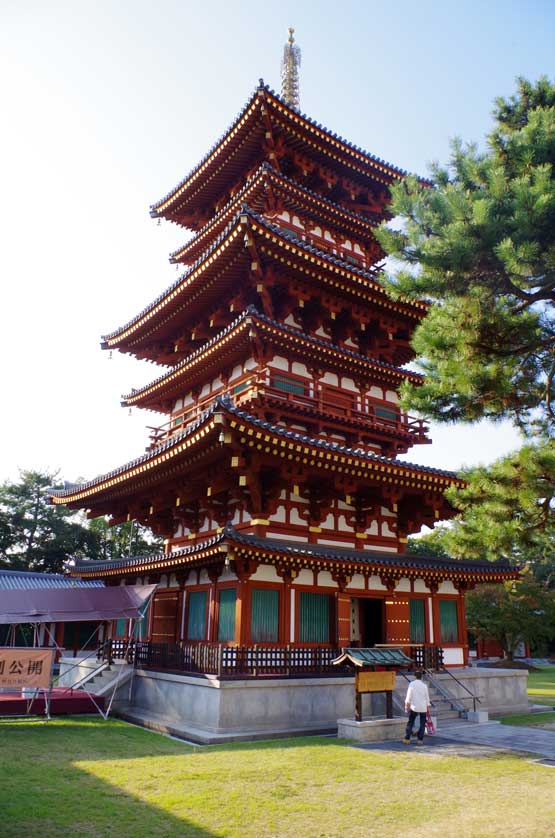
West Pagoda (Saito), Yakushiji Temple, Nara
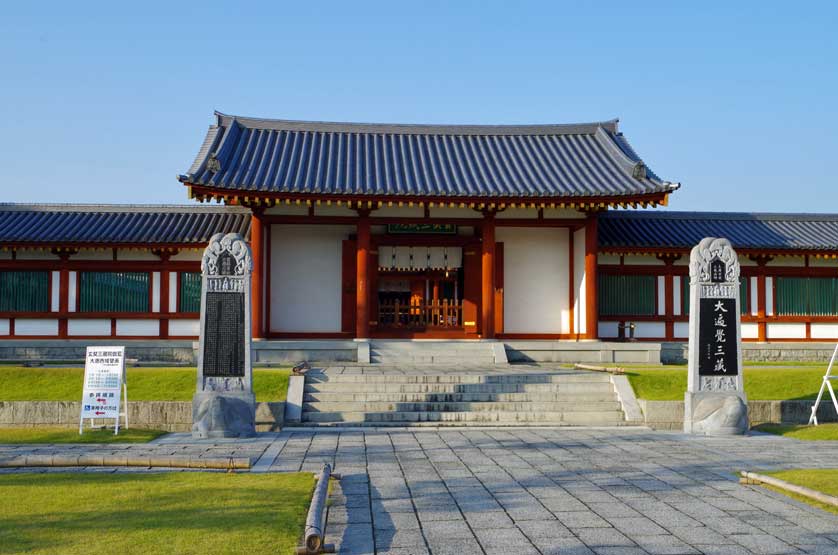
Genjo-sanzoin-Garan Entrance, Yakushiji Temple, Nara
The East Pagoda: An original 8th-century marvel
Among Yakushiji's many architectural treasures, the East Pagoda (Toto) stands out as the only original 8th-century structure that has survived centuries of fires and natural disasters. Completed in 730 CE during the Nara period, this three-story pagoda rises to a height of 33.6 meters (110 feet) and is widely regarded as one of the finest pagodas in Japan.
The East Pagoda's design is a testament to the architectural ingenuity of its time. While it has only three stories, it appears to have six due to the presence of inter-storey pent roofs (mokoshi). This clever architectural technique not only enhances the pagoda's aesthetic appeal but also serves to protect the structure from the elements.
At the top of the pagoda sits a distinctive globe-shaped finial, adding to its unique silhouette. The American art historian Ernest Fenollosa famously described the East Pagoda as "frozen music," capturing its harmonious and rhythmic architectural qualities.
Recently, the East Pagoda underwent a comprehensive 12-year restoration process, scheduled for completion in spring 2021. This meticulous work ensures that this architectural gem will continue to inspire and awe visitors for generations to come.
The Yakushi Triad: Iconic Buddhist sculptures
At the heart of Yakushiji's spiritual and artistic significance lies the Yakushi Triad, a masterpiece of Japanese Buddhist art housed in the Main Hall (Kondo). This bronze sculptural group, created between 680 and 718 CE, consists of three figures:
- Yakushi Nyorai (The Medicine Buddha) - the central figure
- Nikko Bosatsu (Bodhisattva of the Sun) - on the right
- Gakko Bosatsu (Bodhisattva of the Moon) - on the left
The central figure of Yakushi Nyorai, measuring 2.5 meters in height, is seated on a pedestal adorned with relief work that combines motifs from various ancient cultures. These include Chinese, Greek, Hindu, and Islamic elements, reflecting the cultural exchange along the Silk Road that influenced Japanese Buddhist art.
Originally gilded, the statues have acquired a striking black patina over the centuries due to exposure to the elements. Despite this transformation, the Yakushi Triad remains a prime example of the T'ang style in Japanese sculpture and has been designated a National Treasure.
The Yakushi Triad's artistic excellence is matched by its spiritual significance. As the principal object of worship at Yakushiji, it embodies the temple's role as a place of healing and hope. Visitors from all walks of life continue to be moved by the serene expressions and masterful craftsmanship of these ancient figures.
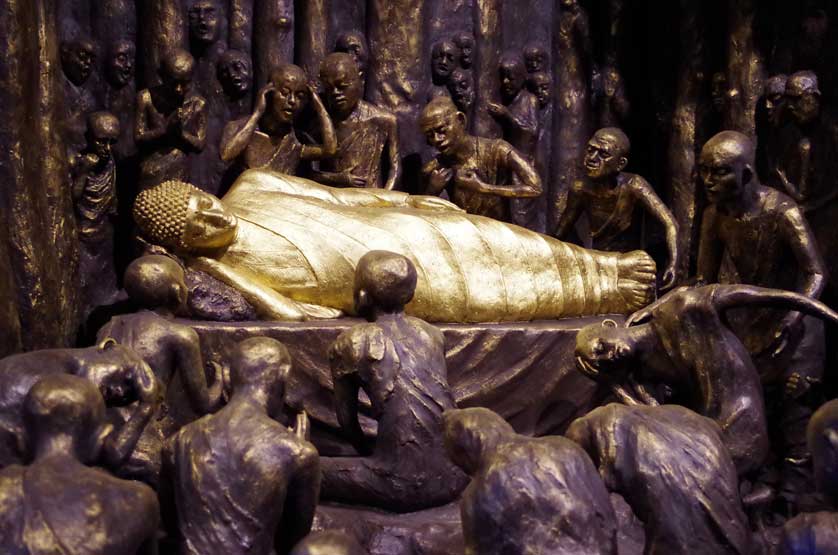
Buddha entering Nirvana by sculptor Shinya Nakamura, West Pagoda, Yakushiji Temple, Nara
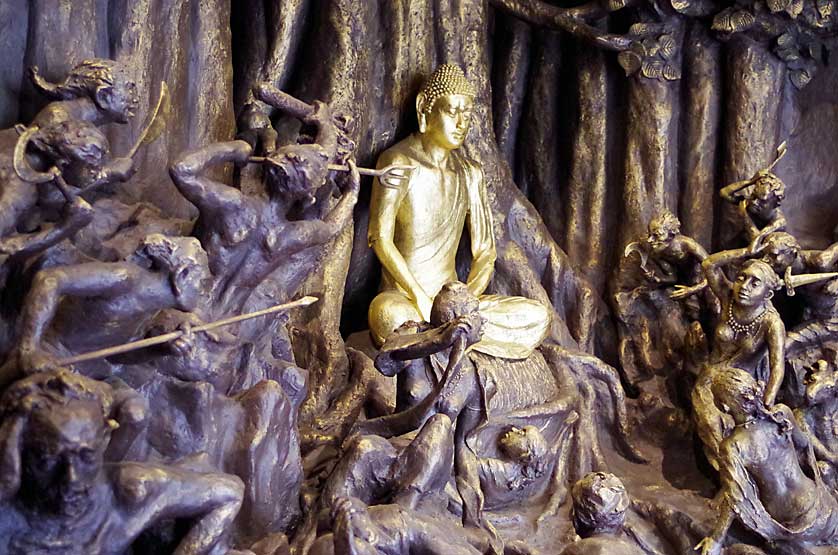
Buddha tested by demons as he seeks enlightenment by sculptor Shinya Nakamura, West Pagoda, Yakushiji Temple, Nara
Yakushiji's role in Japanese Buddhism and cultural heritage
As the headquarters of the Hosso sect of Japanese Buddhism, Yakushiji plays a crucial role in preserving and propagating Buddhist teachings. The Hosso school, based on the teachings of the Chinese monk Genjo-sanzo (Xuanzang), emphasizes the study of consciousness and perception in Buddhist philosophy.
Yakushiji's significance extends beyond its religious function. As a UNESCO World Heritage Site, it stands as a testament to Japan's rich cultural heritage and artistic achievements. The temple complex offers visitors a unique opportunity to experience the evolution of Japanese Buddhist architecture and art over more than 1,300 years.
Moreover, Yakushiji continues to be a center for cultural and educational activities. The temple hosts various events and ceremonies throughout the year, including sutra chanting sessions and traditional Buddhist rituals. These activities not only preserve ancient traditions but also provide a bridge between Japan's spiritual past and its modern present.
Visitor experience and spiritual practices at Yakushiji
Visiting Yakushiji offers a multi-faceted experience that combines historical exploration, artistic appreciation, and spiritual reflection. As you walk through the temple grounds, you'll be transported back in time, surrounded by structures that have witnessed centuries of Japanese history.
One of the unique spiritual practices available to visitors is O-shakyo, or sutra copying. This meditative activity involves tracing Buddhist sutras onto special paper, which is then offered to the temple for safekeeping. O-shakyo is believed to bring blessings and good karma, and it provides a moment of quiet contemplation amidst the bustling temple grounds.
Visitors can also participate in morning prayer services, where they can witness monks chanting sutras in the serene atmosphere of the temple halls. These experiences offer a glimpse into the daily spiritual life of the temple and provide an opportunity for personal reflection and peace.
For those interested in Buddhism and Japanese art, Yakushiji's treasure hall houses a collection of important Buddhist artifacts and artworks. These exhibits provide deeper insights into the temple's history and its role in the development of Japanese Buddhist culture.
Practical information for visiting Yakushiji
To make the most of your visit to Yakushiji, here's some essential information:
- Location: 457 Nishinokyo-cho, Nara, Nara Prefecture 630-8563
- Access: The temple is easily accessible from Yamato-Saidaiji Station on the Kintetsu Nara Line. From there, it's a short walk or bus ride to the temple.
- Opening hours: 8:30 AM to 5:00 PM daily (last admission at 4:30 PM)
- Admission fee: 800-1100 yen, depending on which parts of the temple you wish to visit
- Best time to visit: Spring and autumn offer pleasant weather and beautiful scenery, but the temple is impressive year-round
When planning your visit, consider combining Yakushiji with other nearby attractions in Nara, such as Toshodaiji Temple or the famous Nara Park. Remember to dress modestly and respectfully, as Yakushiji is an active place of worship.
Yakushiji Temple offers a profound journey through Japan's Buddhist heritage, architectural brilliance, and artistic mastery. Whether you're a history enthusiast, an art lover, or a spiritual seeker, this ancient temple complex promises an unforgettable experience that will deepen your appreciation of Japanese culture and Buddhism. As you stand before the timeless East Pagoda or gaze upon the serene faces of the Yakushi Triad, you'll feel the weight of centuries of devotion and the enduring spirit of Japanese Buddhism.
